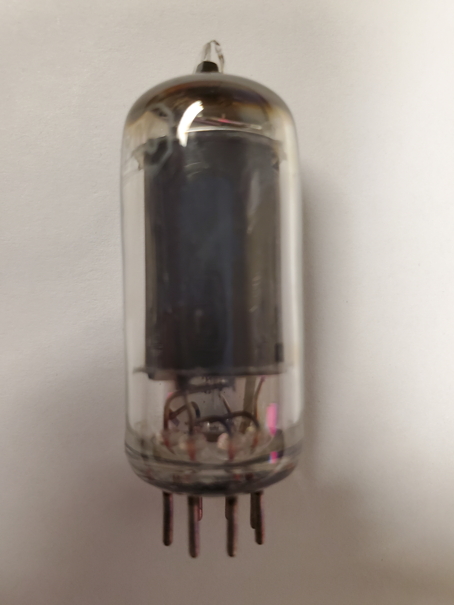Anything You Want to Talk About?
(No.)
Vector Fields
From “Examples of Vector Fields” through “Vector Fields in R3” in section 5.1 of the textbook.
Key Ideas
A vector field is a function that maps points in n dimensions to n-dimensional vectors. So generally a multivariable and vector valued function.
Vector fields can be represented either in component form or as sums of component functions times standard unit vectors, in either 2 or 3 (or more) dimensions.
So for 2 dimensions:
- Field: (x+y) i + (x2-y) j
- Not a field: 2t i + t2 j
Plotting Vector Fields with Mathematica
The key functions of VectorPlot (2-dimensional vector fields) and
VectorPlot3D (3 dimensions).
You can download a notebook of examples from Canvas.
Examples of Vector Fields
An old-fashioned vacuum tube was an electronic device used to amplify signals in, for example, radios and televisions.

The basic idea was two metal electrodes, one a rod or thin cylinder inside the other, which was a larger cylinder. Connecting the electrodes to suitable voltage sources created an electric field that pulled electrons from the inner electrode to the outer. (Other parts could then modulate the flow of current with a signal to be amplified.) So basically a vacuum tube was a device to create a vector field (the electric field) between two electrodes.
Let’s try coming up with a description of the vector field, assuming the vectors are directed radially away from the center in the x and y dimensions, have components of 0 in the z dimension, and have constant magnitudes.
Our first thought was ⟨ x, y, 0 ⟩, which has the right direction but magnitudes increase with distance from the origin. So then we tried scaling the vectors by their magnitudes to get unit vectors:
We checked our candidate vector fields by plotting them with Mathematica. The results weren’t always as expected; I’ll look more into why and discuss tomorrow.
Next
A kind of vector field with some particularly nice properties: “conservative,” or “gradient,” fields.
Please read “Gradient Fields (Conservative Fields)” in section 5.1 of the textbook.